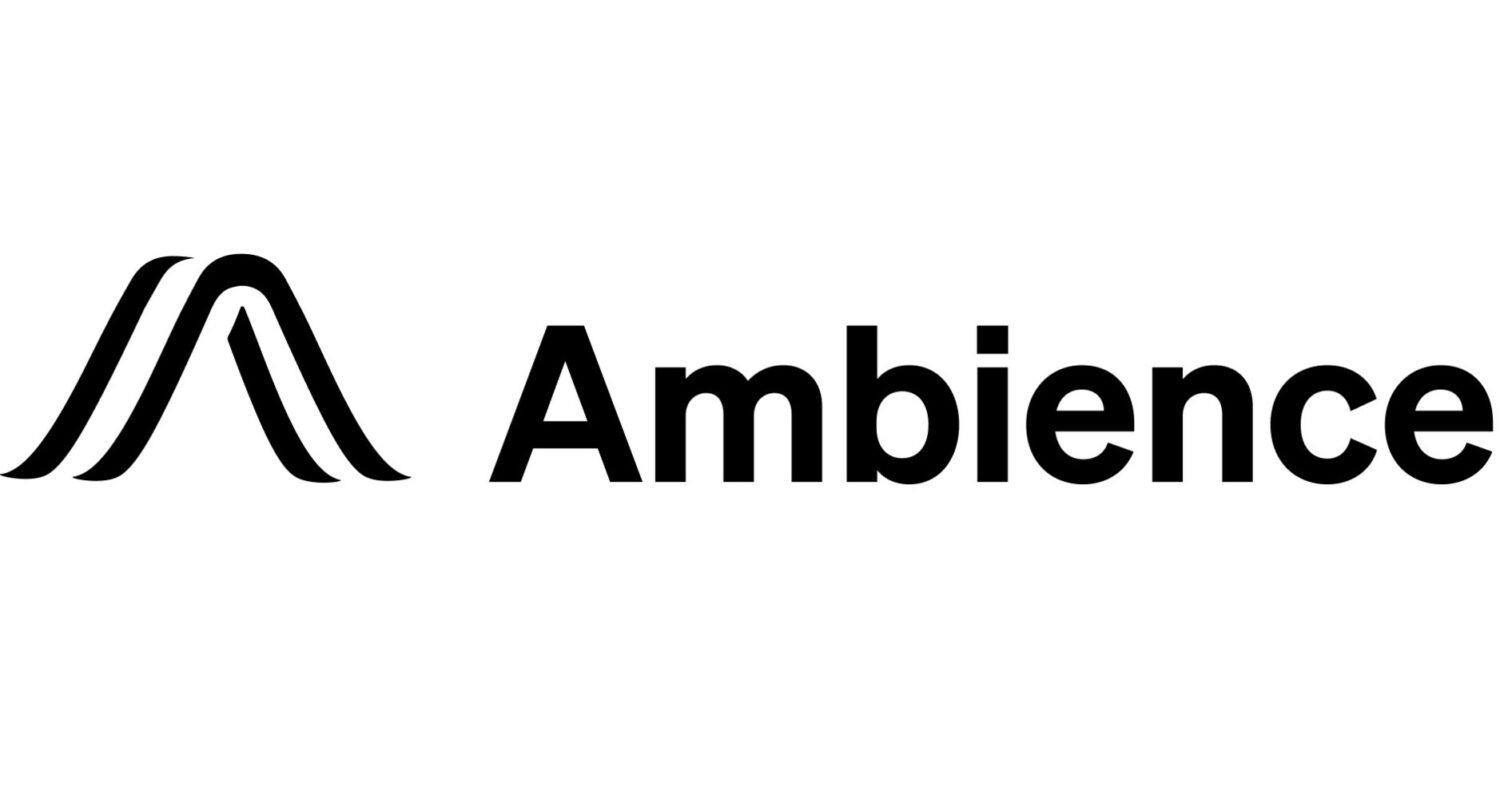
What You Should Know:
– Ambience Healthcare has announced the launch of the industry’s first Inpatient ICD-10 CDI Assistant.
– The new solution is designed to help hospitalists document precise, compliant diagnoses during the patient encounter, ensuring that clinical complexity is accurately captured and is audit-ready from the start.
Bridging the Gap Between Complexity and Compliance
Clinical Documentation Integrity (CDI) is the discipline of ensuring that the medical record accurately and completely reflects a patient’s clinical picture and care. Accurate, coding-aware documentation is vital for appropriate reimbursement, risk stratification, quality management, and capturing patient safety outcomes.
According to Mike Ng, President and Chairman of Ambience Healthcare, the inpatient setting is where documentation is most burdensome. Ambience’s new inpatient CDI solution addresses this persistent challenge by equipping hospitalists with real-time support for diagnostic specificity, Present on Admission (POA) designations, and complication tracking. This support is embedded seamlessly in their existing Epic workflows.
Engineered for Specificity, Auditability, and Compliance
The Ambience inpatient CDI solution is built on top of OpenAI GPT-5’s advanced reasoning capabilities with Ambience’s proprietary models. Unlike general-purpose models, Ambience’s inpatient tools were engineered specifically for compliance, auditability, and clinical nuance.
Key features of the platform include:
- Explainable Audit Trail: Every suggested diagnosis includes clinical rationale and supporting documentation references.
- Compliance-First Design: Built-in guardrails ensure all suggestions meet CMS guidelines and audit requirements.
- Workflow-Native Integration: Seamlessly embedded in existing EHR workflows without disrupting clinician routines.
“This technology represents a fundamental shift in how clinical documentation supports both care delivery and compliance,” said Ray Chen, MD, Head of Clinical AI at Ambience Healthcare. “By enabling accurate coding and diagnostic specificity at the point of care, we reduce administrative burden and ensure that the clinical story is faithfully captured — which translates into more informed treatment decisions, better continuity of care, and ultimately improved outcomes for patients.”


